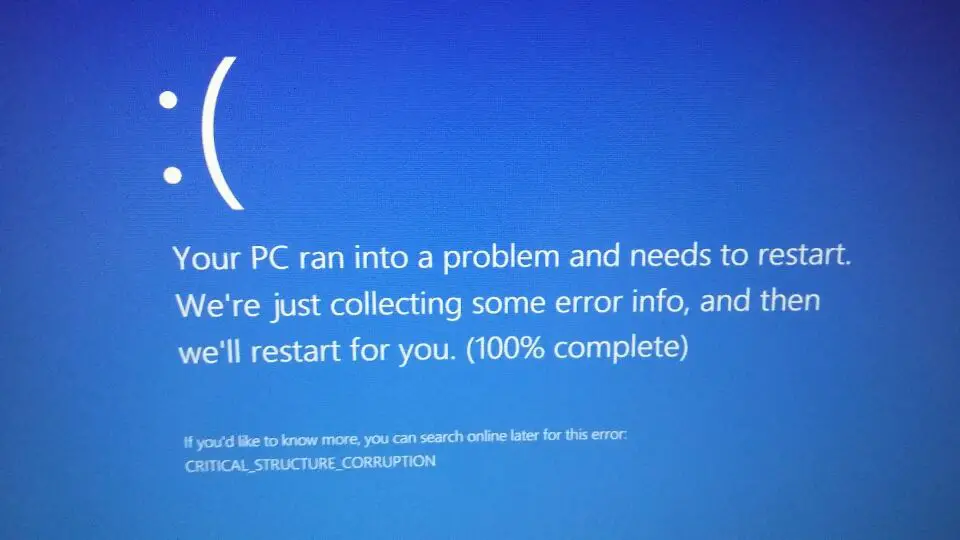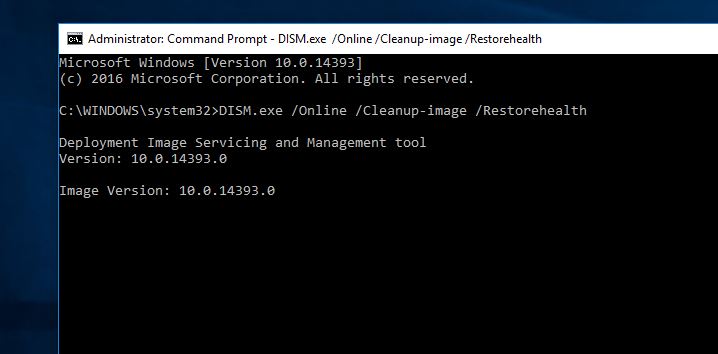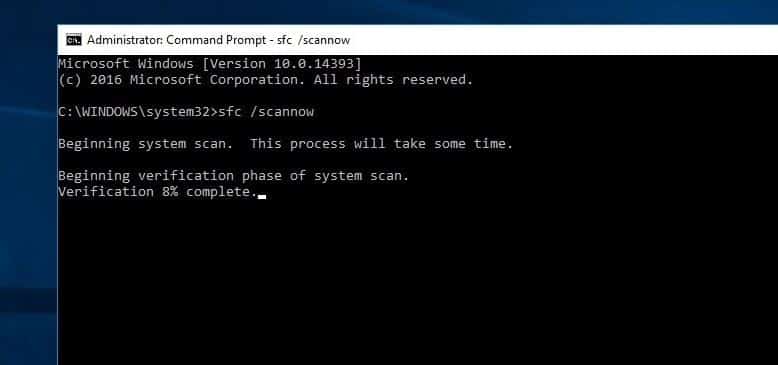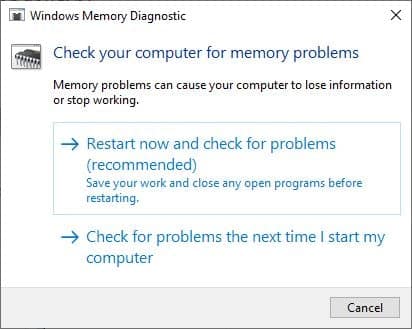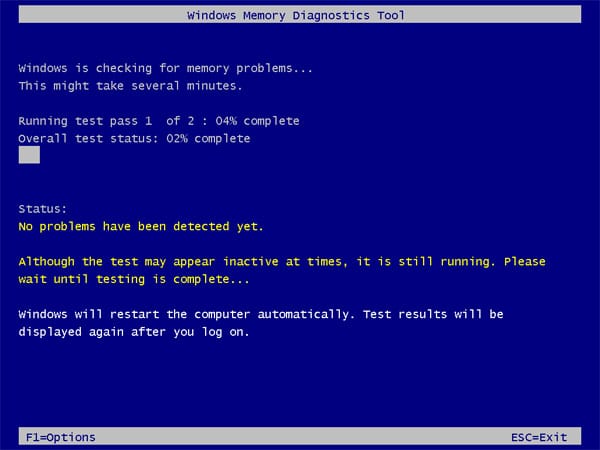Did you are Getting Critical Structure Corruption Blue Screen Error frequently at startup, or after a recent Windows update? You are not alone, a number of users report Windows 10 CRITICAL_STRUCTURE_CORRUPTION suddenly while playing games, watching a movie or working with heavy Graphics related applications such as Photoshop, 3D Max, Autocad etc. Some others report on the Microsoft forum like:
Since upgrading to windows 10 aka 22H2, I’m constantly getting the “critical structure corruption” BSOD; well, it happens at random, sometimes when I’m working, sometimes when my PC is idling.
As per the Microsoft bug check, CRITICAL_STRUCTURE_CORRUPTION is generated when the kernel detects that critical kernel code or data has been corrupted. Which causes due to
- Critical kernel code or data purposefully or accidentally changed by a driver
- Faulty hardware – In many cases, this is usually faulty memory
Again sometimes, Virus malware infection, Corrupted system files, and third-party software conflicts also cause Different Windows 10 BSOD.
Fix critical structure corruption BSOD
Whenever you face a Blue screen error the first thing we recommend, remove all external hardware that includes a Printer, scanner, external hard disk or any other USB device And starts windows normally.
If any incompatible device or Driver conflict causes the issue removing external devices fix the problem. Insert one by one to find out which device causing the problem or reinstall the driver for the device to fix the issue.
Try Automatic Repair, If windows restart frequently
If the BSOD is frequent, Windows 10 continuously restarts with this “critical structure corruption” That causes you to need to perform Automatic repair that automatically checks and fixes the problem that prevents windows startup. To do this you need a Windows 10 Installation media If you don’t have one, here is how to create Bootable Windows 10 USB/DVD.
- Insert the installation USB and boot Windows 10 from it.
- In the ‘Windows setup’ page select the ‘language to install’, ‘Time and currency format’ and the ‘keyboard or input method’ and click on ‘next’.
- Click on ‘Repair your computer’ and select ‘Troubleshoot’.
- Click on ‘Advanced options’ and select ‘Startup Repair’ and select the operating system.
- This will restart the windows and start the diagnostic process And analyze the various settings, configuration options, and system files.
- After That Restart windows and check if there is no more CRITICAL_STRUCTURE_CORRUPTION BSOD.
Repair Corrupted System Files With DISM and Sfc Utility
If the problem started After recent windows 10 Upgrade, there is chance system files get corrupted, or missing during the upgrade process. We recommend Run DISM (Deployment Image Servicing and Management ) command that repairs the System image and SFC Utility to restore missing corrupted system files.
Note: If Windows unable to start normally Due to frequent BSOD, We recommend boot into safe mode ( a diagnostic mode of a computer operating system, only allows essential system programs and services to start up at boot and allow to perform troubleshooting steps. )
- Type cmd on the start menu search
- Right-click on the command prompt, select run as administrator
- Type the following command, and then press Enter. It may take several minutes for the command operation to be completed.
dism.exe /online /cleanup-image /restorehealt - After you get the message “The operation completed successfully” type the command sfc/scannow and press the enter key.
- This will start scanning for corrupted missing system files if found any, SFC utility automatically restores them from a compressed folder located %WinDir%\System32\dllcache.
- Restart windows normally, After 100% complete the scanning process and check there is no more BSOD error.
Check Memory Errors using the Memory Diagnostic Tool
As mentioned before, one of the possible causes for this problem is faulty hardware, such as a corrupted memory module. Run the built-in Memory diagnostic tool, to identify if memory causing the problem.
- Press Windows + R, type mdsched.exe and press Enter.
- The memory Diagnostic tool opens like the image below.
Here you have options Restart now and check for problems (recommended) to check the status of your memory card right now or choose to Check for problems the next time I start my computer if you are too occupied now.
Select your preferred option, We recommend save your work and click Restart now and check for problems.
This will restart windows and You will see this page showing the progress of the check and the number of passes it will run on memory.
If you don’t see any error, your memory card is not causing any issues.
Read: How to Find windows memory diagnostic tool Test Results
Check the same issue with the new user account
Sometimes Corrupted user profiles also cause failure to load startup programs that cause the system fails to start or random restart with different BSOD errors. Try these steps to create a new user account and check if it fixes the issue. Refer to the steps below to create a new User Account:
- Go to Settings, (using Windows + I shortcut key)
- Choose Accounts and then select Other User Accounts towards the left.
- Select Add an Account.
- Enter a username and hit Next.
- Click on Finish.
- Sign out from the current Account and Log into the new account.
- Check if the issue persists.
Update the Display driver
Open the device manager by searching for the device manager in the Start menu and clicking its icon.
This will display all installed driver lists, Look for your graphics card under the “display adapters.” You should note that the name for the graphics card will be different depending on the manufacturer.
Right-click on the graphics card “update driver” option.
Select the “Search automatically for updated software driver“ option. Picking this option allows the computer to search for an update to your graphics card driver. This update is automatically installed on the laptop.
Reinstall Display driver
If windows didn’t install the latest driver, then Reinstall the display driver manually. To do this
- Visit the Device or Graphics card (if installed) manufacturers website.
- Look for the latest available driver, download and save to your local drive.
- Again open Device manager, and expend the display adapter.
- Right-click on the installed graphics driver, and select uninstall.
- Restart windows to completely remove the driver.
- Now Install the driver you have previously downloaded from the manufacturer website.
- Restart windows and check the BSOD problem is resolved.
Did these solutions help to fix “critical structure corruption” BSOD on windows 10? Let us know on the comments below,
Also read
- Solved: Windows 10 Slow Shutdown and Restart After Update!
- Complete Laptop Buying Guide – Specifications of a Good Laptop
- Microsoft Outlook Stuck on Loading Profile? Here is how to fix it
- Solved: Windows 10 System Service Exception BSOD (bug check 0x0000003B)
- Solved: Microsoft edge not working after the windows 10 update
- What is the difference between CPU and GPU?
